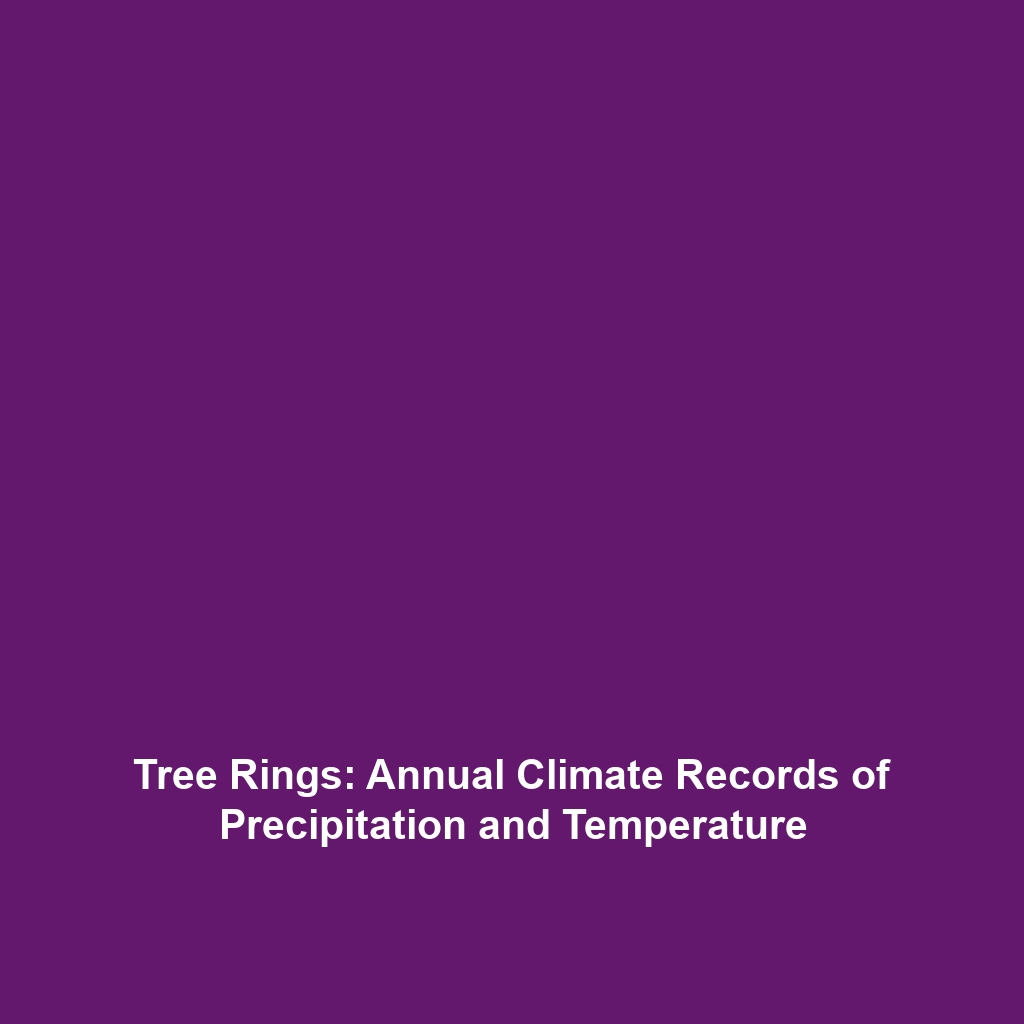Autonomous Construction: Robots and AI for Autonomous Building and Infrastructure on Mars
Introduction
The concept of Autonomous Construction involves the use of advanced Robots and AI technologies to develop sustainable infrastructure on Mars, a critical step in the broader initiative of Colonizing Mars. As humanity prepares for interplanetary journeys, establishing a permanent presence on the Red Planet necessitates innovative solutions that can operate independently under harsh environmental conditions. This article delves into the significance of autonomous construction in transforming Mars into a habitable environment while connecting the technology with the overarching goal of colonization.
Key Concepts
Principles of Autonomous Construction
Autonomous construction combines various technologies such as robotics, artificial intelligence, and advanced materials science to automate building processes. The significant concepts include:
- Robotic Assemblers: Machines designed to execute complex building tasks without human intervention.
- AI-Driven Planning: Algorithms that optimize construction schedules and resource allocation.
- 3D Printing Technologies: Techniques that utilize Martian materials to create structures on-site, minimizing the need for Earth-based supplies.
These principles are integral to achieving successful colonization efforts by ensuring that essential infrastructure can be reliably constructed on Mars.
Applications and Real-World Uses
The applications of Robots and AI in Autonomous Construction extend beyond theoretical frameworks, showcasing various practical uses that push the boundaries of human habitation on Mars:
- Habitat Construction: Robots can rapidly assemble habitats capable of withstanding Martian weather.
- Resource Extraction: AI-powered systems can identify and extract necessary resources, such as water and minerals, to support human life.
- Infrastructure Development: Autonomous machines can lay down communication networks and power grids essential for a functioning colony.
These applications illustrate the practical implications of autonomous technologies and their pivotal role in the Colonization of Mars.
Current Challenges
While the potential of Autonomous Construction is tremendous, there are several challenges of autonomous building and infrastructure on Mars that must be addressed:
- Harsh Environmental Conditions: High radiation levels and extreme temperatures can hinder robotic functioning.
- Resource Limitations: Access to necessary materials and energy sources remains a concern.
- Technological Reliability: The need for proven and durable technologies that can withstand prolonged use on another planet.
These challenges pose significant hurdles in realizing the vision of a self-sufficient Martian colony.
Future Research and Innovations
Future research in the field of Autonomous Construction is promising, with several innovations on the horizon that could transform the way we approach Colonizing Mars. Upcoming advancements include:
- Self-Repairing Materials: Development of materials capable of repairing themselves to enhance structural integrity.
- Swarm Robotics: Utilization of multiple robots working in unison to increase efficiency in construction tasks.
- Advanced AI Systems: Incorporation of machine learning to adapt construction methods to changing conditions on Mars.
These innovations are vital in overcoming current limitations and enhancing the effectiveness of building infrastructure on Mars.
Conclusion
In summary, Autonomous Construction leveraging Robots and AI presents a transformative approach to building infrastructure necessary for Colonizing Mars. The technology not only addresses practical challenges but also opens new avenues for research and exploration. As we move forward with plans to inhabit the Red Planet, collaboration between scientists, engineers, and technologists is essential. For further insights into the subject, explore related topics on Martian explorations and innovations in space technology.







